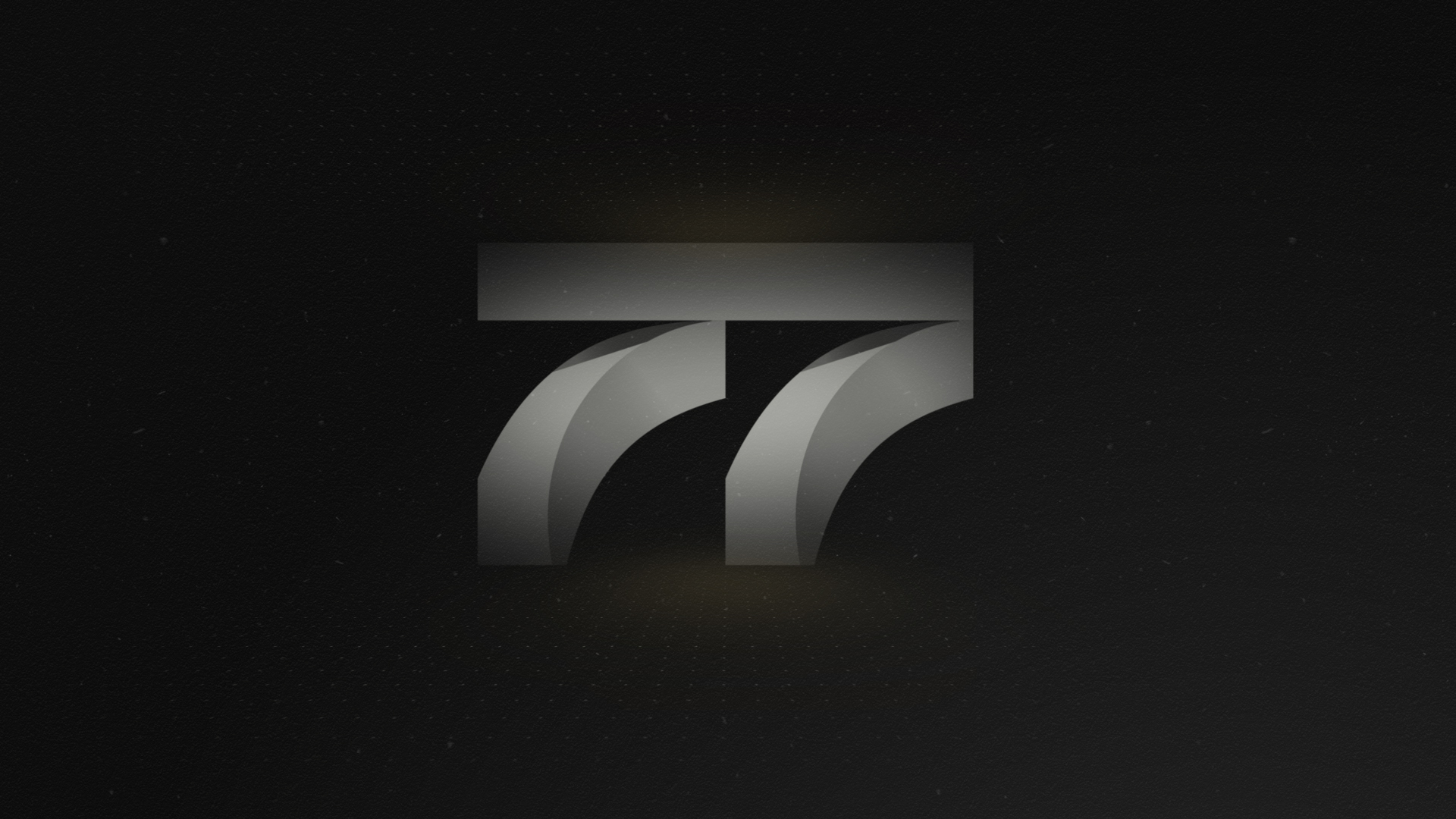
2022. január 20.
2022. január 20.
2022. január 20.
2022. január 20.
2022. január 20.

 |
In the fall of 2013, the Hungarian government announced plans for setting up a new Holocaust memorial site to commemorate the 70th anniversary of the Hungarian Holocaust. The memorial was planned to be at Józsefváros Railway Station, the location of one of the last deportations. Work was completed on a complex designed by Attila F. Kovács, and the building was named the House of Fates.
In 2019, following a government resolution, EMIH — the Association of Hungarian Jewish Communities — joined efforts to create a new design concept for the permanent exhibition. For the purpose of developing and maintaining the future museum, EMIH set up the Hungarian Holocaust Research and Education Center (Magyar Holokauszt Kutatási és Oktatási Központ (MHKOK)). As part of the Center’s “Tree of Life – Etz Hayim” new exhibition concept, MHKOK commissioned film director and university professor András Surányi and his crew to find and interview Holocaust survivors. To date, the team has made in-depth interviews with almost 150 survivors and rescuers. Future generations may also find these poignant memories cathartic. We are extremely grateful to our interviewees for taking our team into their confidence and recalling their memories with a view to benefit future generations. Besides their crucial role in the planned “Etz Hayim” exhibition, the interviews also constitute the basis for the Archive and Research Center, an invaluable resource for researchers and those interested in the subject. On January 17, 2022, in commemoration of the 77th anniversary of the liberation of the ghetto, we will screen a new video every hour, starting from 6 p.m. Thus visitors to our website www.emlekezes77.hu will have the opportunity to view a short, approximately five-minute version of each of the 77 personal interviews made. |
 |
On January 18, 1945, about 68,000 Hungarian Jews were saved from certain death by Russian troops who liberated the ghetto in downtown Budapest. But many thousands didn’t live to see the barrier walls torn down.
According to the 1941 census, there were almost 800,000 Jews in Hungary. This figure also includes those who converted to Christianity. Some 480,000 lived in the territory of post-Trianon Hungary, while 320,000 Jews lived in areas re-annexed between 1938 and 1941 (i.e., in Upper Hungary, Transylvania, Vojvodina and Carpathian Ruthenia). Between 1941 and 1945, most Hungarian Jews were murdered, with about 550,000 falling victim to the Holocaust.[1] During the final months of the war, after all the Jews from the countryside were deported, Budapest Jews found themselves in a life-threatening situation due to an Arrow Cross coup. On November 29, 1944, the large ghetto of the 7th District was officially established by a decree of Gábor Vajna, interior minister of the Szálasi government. A board fence was built to enclose a 0.3 km2 area (74 acres) encircled by Dohány Street, Nagyatádi Szabó Street, Király Street, Csányi Street and Rumbach Sebestyén Street, as well as Madách Imre Road, Madách Imre Square and Károly király Road (now Károly Boulevard). The area contained 162 houses and was closed off completely on December 10. Armed guards stood at its four central gates. Those moved into this area were taken to Klauzál Square in the middle of the ghetto where their jewelry and valuables were confiscated. Prior to the area becoming a ghetto, it housed about 3,500 Jews, but those who were moved here from so-called yellow-star houses swelled its numbers to 35,000 in the first few days and to over 70,000 in subsequent weeks. Only in special cases (e.g., for hospital treatment or a funeral) could people leave the area, and only designated individuals were allowed to do so. The ghetto was so overcrowded that on average 14 people stayed in one room and people suffered from starvation and cold weather; there was hardly any water or fuel, and a typhoid epidemic ravaged the population as well. As a result of the terrible sanitary conditions, more than 100 people died daily. At first, after negotiations with the authorities, permission was granted for the dead to be laid to rest in outside cemeteries; later however, bodies were piled up in a 25×25 meter concrete hole, which was originally constructed as a water storage tank in Klauzál Square but never actually used as such. Corpses were also placed in empty shops. In the days preceding liberation, there were fears of a planned liquidation of the ghetto. Rumors circulated of German plans to bomb it, while there was also speculation that the Arrow Cross intended to carry out a mass slaughter before the Soviets arrived. Eventually, Russian troops reached downtown Pest, and the ghetto was liberated on January 18, 1945. Almost immediately, the board fence was torn down and burned. Some 68,000 people survived the siege of Budapest in the ghetto. About 3,000 unburied corpses were found inside the ghetto, and most were buried in mass graves next to the Dohány Street Synagogue. Illnesses contracted in the ghetto claimed the lives of another 7,500 people shortly after liberation. For the last several years, on the 18th of January, we don’t just remember the survivors of the Budapest ghetto, we also pay our respects to the hundreds of thousands of Hungarian Jewish victims.
|
Munkatársak:
Aggod Judit, Halmai Károly, Surányi Noémi
Készítették:
Erős Iván, Jancsó Nyika, Rosta Gábor, Surányi Ádám, Tanya Aizikovich
Vágó:
Kiss Richárd
Az interjút készítette:
Surányi András
Szakmai vezetők:
Köves Slomó, Ariel Efron